cat6a utp vs ftp
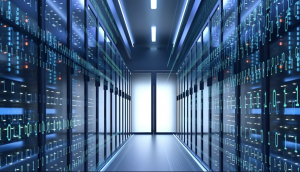
In today’s digital world, data centers have become the backbone of our information-driven economy. But what exactly does a data center do? This comprehensive guide will illuminate the critical functions of data centers, highlighting their importance within weak current engineering.
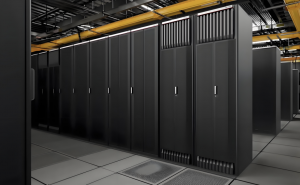
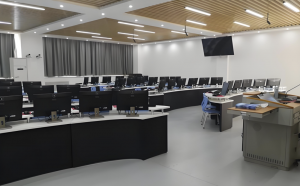
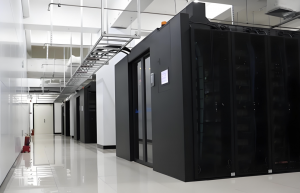
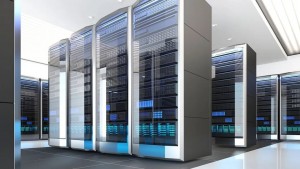

As technology continues to evolve, the significance of data centers will only increase. Whether you're a business leader looking to optimize your IT operations or an individual wanting to understand how data is managed in the digital age, recognizing the importance of data centers is crucial. Explore how they can enhance your business’s efficiency and security in this ever-connected world.
communication-cable
Module
Unshielded RJ45/Shielded RJ45 Tool-FreeKeystone Jack
Patch Panel
1U 24-Port Unshielded or Shielded RJ45
Apr.16th-18th, 2024 Middle-East-Energy in Dubai
Apr.16th-18th, 2024 Securika in Moscow
May.9th, 2024 NEW PRODUCTS & TECHNOLOGIES LAUNCH EVENT in Shanghai
Post time: Nov-06-2024
